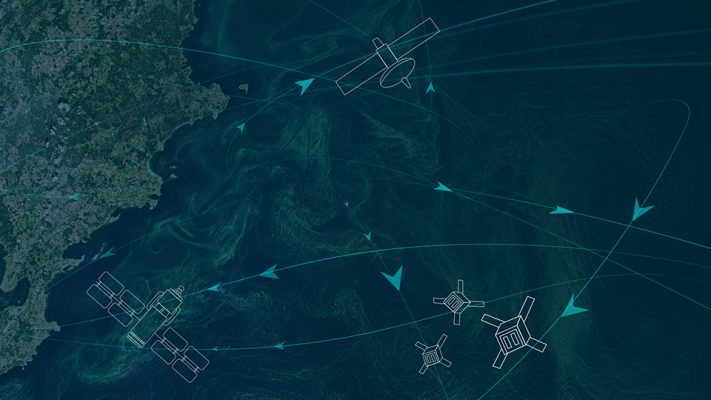BiomAP
Prime company: GAMMA REMOTE SENSING AG (CH)The BiomAP project aims to Integrate active and passive microwave data towards a novel global record of aboveground biomass maps. This comprises an end-to-end assessment of active and passive microwave observations at coarse spatial resolution at the longest wavelengths available in space to generate global AGB estimates. This work will eventually provide a 5-years baseline, …

